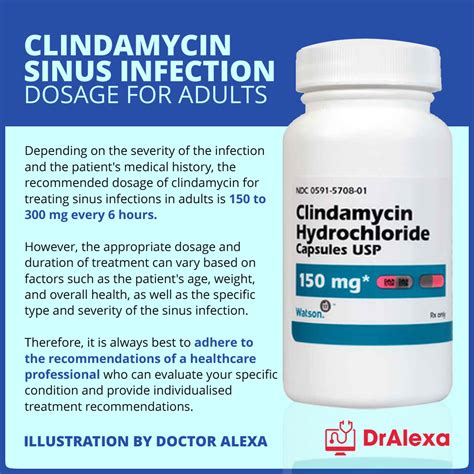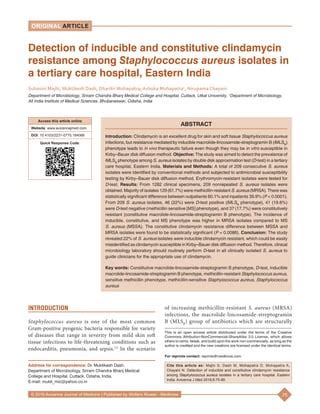Intro
Discover how Clindamycin treats Strep throat, acne, and infections, with its antibacterial properties, effectively combating bacterial growth, and promoting recovery from streptococcal infections.
Strep throat, caused by the bacterium Streptococcus pyogenes, is a highly contagious infection that affects the throat and tonsils. It is characterized by symptoms such as severe sore throat, fever, swollen lymph nodes, and difficulty swallowing. If left untreated, strep throat can lead to complications like kidney inflammation and rheumatic fever. Clindamycin, a lincosamide antibiotic, is often prescribed to treat strep throat, especially in patients who are allergic to penicillin or have other conditions that make penicillin unsuitable. The importance of effective treatment for strep throat cannot be overstated, as it not only alleviates symptoms but also prevents the spread of the infection to others. Understanding how clindamycin works and its benefits in treating strep throat is crucial for patients and healthcare providers alike.
The mechanism of action of clindamycin involves inhibiting protein synthesis in bacteria, which is essential for the bacteria's growth and replication. By binding to the 50S subunit of the bacterial ribosome, clindamycin prevents the formation of peptide bonds, thereby stopping the production of essential proteins needed by the bacteria to survive. This action is bacteriostatic, meaning it inhibits the growth of bacteria, and in some cases, it can be bactericidal, killing the bacteria outright. The effectiveness of clindamycin against strep throat is well-documented, making it a reliable option for patients seeking relief from this painful and potentially serious infection.
The choice of antibiotic for treating strep throat depends on several factors, including the severity of the infection, the patient's medical history, and potential allergies. Clindamycin is particularly useful because it has a broad spectrum of activity against Gram-positive cocci, including Streptococcus pyogenes, the causative agent of strep throat. Moreover, clindamycin can be effective against strains of bacteria that have developed resistance to other antibiotics, making it a valuable tool in the fight against antibiotic-resistant infections. As the medical community continues to grapple with the challenges of antibiotic resistance, understanding the role of clindamycin in treating strep throat is more important than ever.
How Clindamycin Works Against Strep Throat

Benefits of Using Clindamycin for Strep Throat
The benefits of using clindamycin for strep throat include its high efficacy rate, even against antibiotic-resistant strains, and its ability to reduce the duration and severity of symptoms. Clindamycin can also prevent the spread of the infection to others, which is particularly important in settings like schools and workplaces where strep throat can spread quickly. Furthermore, for patients who are allergic to penicillin, clindamycin provides a safe and effective alternative. However, it's crucial for patients to complete the full treatment course as prescribed by their healthcare provider to ensure that the infection is fully cleared and to prevent the development of antibiotic resistance.5 Ways Clindamycin Treats Strep Throat

Practical Considerations for Patients
For patients prescribed clindamycin for strep throat, it's essential to follow the treatment regimen carefully. This includes taking the medication at the same time each day, completing the full course of treatment even if symptoms improve before finishing the medication, and being aware of potential side effects such as diarrhea, nausea, and vomiting. Patients should also maintain good hygiene practices, such as washing their hands frequently and avoiding close contact with others, to prevent the spread of the infection.Side Effects and Interactions of Clindamycin

FAQs About Clindamycin and Strep Throat
What is clindamycin used for?
+Clindamycin is used to treat various bacterial infections, including strep throat, by inhibiting the growth of bacteria.
How long does it take for clindamycin to work on strep throat?
+Clindamycin can start alleviating symptoms of strep throat within a few days of starting treatment, but it's essential to complete the full treatment course to ensure the infection is fully cleared.
Can I take clindamycin if I am allergic to penicillin?
+Yes, clindamycin is often prescribed for patients who are allergic to penicillin, as it provides a safe and effective alternative for treating strep throat and other bacterial infections.
Conclusion and Next Steps

